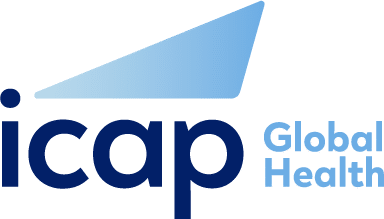In 2020, there were an estimated 2 million children under the age of 15 years living with HIV worldwide, only half of whom were on antiretroviral therapy (ART). Until now, there has been only limited data on the number of children living with HIV who are undiagnosed.
ICAP researchers have published a new study in The Lancet underlining disproportionate coverage of HIV testing among children across seven countries in sub-Saharan Africa. The article, entitled Estimates of the prevalence of undiagnosed HIV among children living with HIV in Eswatini, Lesotho, Malawi, Namibia, Tanzania, Zambia, and Zimbabwe from 2015 to 2017: an analysis of data from the cross-sectional Population-based HIV Impact Assessment surveys, emphasizes the urgent need to address gaps in diagnosis and treatment for children living with HIV in sub-Saharan Africa.
“While we know that we are falling short of providing treatment for all children living with HIV, an unknown aspect of the pediatric treatment gap is an understanding of how many children are not on ART because they have never been diagnosed,” said Chloe Teasdale, PhD, lead author of the article and an assistant professor at the CUNY Graduate School of Public Health and Mailman School of Public Health. “The data provided an opportunity to quantify the proportion of undiagnosed HIV infection in children, which has been a missing piece of the puzzle. We must do more to identify children living with HIV and to ensure that they start treatment immediately.”
Based on data from Population-based HIV Impact Assessment (PHIA) surveys conducted from 2015 to 2017 across seven countries, an estimated 39 percent of children living with HIV had not been previously diagnosed. That proportion amounts to nearly 166,000 undiagnosed children living with HIV who have yet to receive treatment.
The data showed that 50.9 percent of children living with HIV aged 1-4 years, 35.2 percent aged 5–9 years, and 34.4 percent aged 10–14 years were undiagnosed. Zambia and Tanzania exhibited the highest proportions of undiagnosed children living with HIV, while Namibia and Eswatini demonstrated the lowest. In Lesotho, Namibia, Tanzania, and Zimbabwe, children living with HIV aged 1-4 years were the age group with the highest number of undiagnosed individuals. In Malawi and Zambia, children aged 10–14 years was the group with the highest proportion of undiagnosed children living with HIV.
“These findings provide important insight into reasons for the substantial and sustained treatment gap we see for children,” said Elaine Abrams, MD, senior research director at ICAP. “Progress diagnosing children living with HIV has been modest at best and uneven across countries. This knowledge will help to better target efforts to increase testing of children.”
Based on the surveys, two-thirds of undiagnosed children living with HIV had never been previously tested for the virus. Many mothers of children living with HIV who were newly tested identified as HIV-positive through the surveys, signifying missed HIV testing in mothers as well.
Additionally, only half of diagnosed children living with HIV were virally suppressed – a number much lower than that of adults living with HIV – underscoring the need for more potent antiretroviral regimens for children, which are now becoming available.
“All of the findings of this study – high numbers of undiagnosed infections among children, inadequate antiretroviral coverage, and low rates of viral suppression,” Abrams added, “are a call to action to redouble our efforts to identify and treat all infants and children living with HIV before it is too late.”
About ICAP
A major global health organization that has been improving public health in countries around the world for nearly two decades, ICAP works to transform the health of populations through innovation, science, and global collaboration. Based at Columbia Mailman School of Public Health, ICAP has projects in more than 30 countries, working side-by-side with ministries of health and local governmental, non-governmental, academic, and community partners to confront some of the world’s greatest health challenges. Through evidence-informed programs, meaningful research, tailored technical assistance, effective training and education programs, and rigorous surveillance to measure and evaluate the impact of public health interventions, ICAP aims to realize a global vision of healthy people, empowered communities, and thriving societies. Online at icap.columbia.edu







